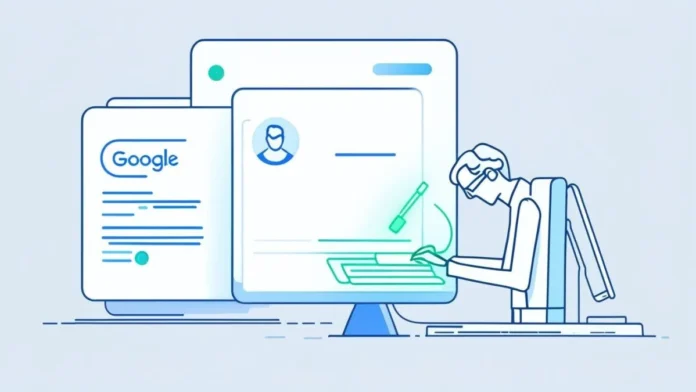In today’s digital world, personal information is more accessible than ever. From data broker websites to social media platforms, your private details—such as your name, address, phone number, and even financial records—can be exposed online. This can put you at risk of identity theft, harassment, or unwanted solicitations. Knowing how to find and remove personal information from the internet is essential for protecting your privacy and security.
For those who want a simpler and more reliable solution, My Data Removal offers professional services that help individuals remove their sensitive information from various online sources. In this guide, we’ll walk you through how to find your personal information on the internet and the steps to remove it.
Step 1: Search for Your Personal Information
The first step in removing your personal data from the internet is to know where it exists. Start with a thorough online search of your information. Here’s how:
- Use Search Engines: Perform a search on Google, Bing, and other search engines using your full name, phone number, email address, and home address.
- Check Social Media Platforms: Review your social media profiles for any personal information that may be publicly visible.
- Explore Data Broker Sites: Visit data broker sites like Spokeo, Whitepages, BeenVerified, and Radaris. These sites often collect and publish personal information without consent.
Take note of every website where your personal details appear so you can address them in the following steps.
Step 2: Review and Adjust Privacy Settings
Social media platforms and online accounts are common sources of exposed personal information. Adjust your privacy settings to limit what is publicly visible.
- Facebook: Set your profile to private and limit who can see your posts, contact information, and friends list.
- Instagram and Twitter: Switch to private accounts to prevent non-followers from accessing your content.
- LinkedIn: Adjust your visibility settings to control what professional information is publicly displayed.
Regularly audit your online accounts to ensure your privacy settings are up to date.
Step 3: Request Removal from Data Broker Sites
Data brokers are companies that collect and sell personal information. To remove your data from these sites, you’ll need to submit opt-out requests. Some common data brokers include:
- Whitepages
- MyLife
- Intelius
- Spokeo
Each site has a different removal process. Typically, you’ll need to fill out a form, provide identification, or send an email request. It can be time-consuming, but it’s a necessary step for reducing your online presence.
Step 4: Remove Cached Information from Search Engines
Even after removing your personal information from a website, it may still appear in search engine results due to cached data. Here’s how to request its removal:
- Google: Use Google’s Remove Outdated Content tool to submit a request for removing cached pages.
- Bing and Yahoo: Each search engine has its own removal request process, so be sure to visit their respective help pages for instructions.
Cached data can take some time to disappear from search results, but following up on your request is essential.
Step 5: Monitor and Maintain Your Online Privacy
Once you’ve removed your personal information, you’ll need to stay vigilant to ensure it doesn’t reappear. Consider these steps for ongoing monitoring:
- Set Up Google Alerts: Receive notifications whenever your name or personal details appear online.
- Use Privacy Protection Services: Professional services like My Data Removal offer continuous monitoring and removal of personal data from the internet, helping you maintain long-term privacy.
- Regularly Audit Your Online Presence: Make it a habit to search for your information and update privacy settings periodically.
When to Seek Professional Help
Removing personal information from the internet can be a time-consuming and complicated process, especially with the increasing number of data brokers and online directories. While it’s possible to do it yourself, using a professional service can save you time and effort.
Services like My Data Removal provide expert assistance in finding and removing your information across multiple platforms, ensuring a thorough and reliable process. They also offer ongoing monitoring to prevent your data from resurfacing.
Conclusion
Protecting your privacy in the digital age requires proactive steps to find and remove personal information from the internet. By searching for your data, adjusting your privacy settings, and opting out of data broker sites, you can significantly reduce your online footprint. Regular monitoring is also essential to keep your information safe.
If you want to take the stress out of this process, consider professional services like My Data Removal to help secure your personal information and give you peace of mind. Taking action now will help you regain control of your online presence and protect your privacy for the future.





